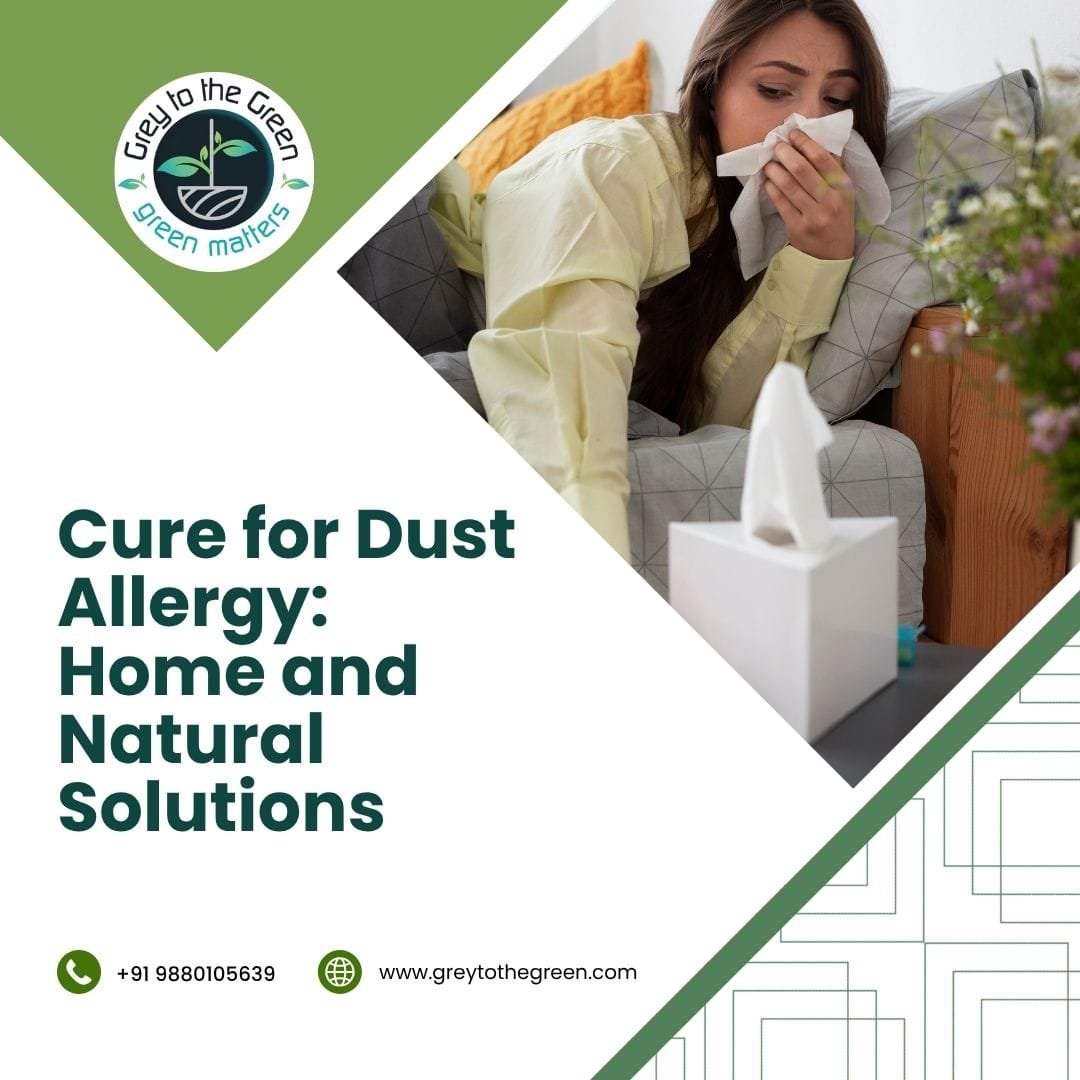This blog will walk you through everything from natural ingredients and cleaning routines to proven products like Checkmite—an anti allergens that helps manage and cure dust allergy naturally and effectively. Breathe better, live healthier—starting today!
What Is Dust Allergy?
- Frequent sneezing
- Runny or stuffy nose
- Itchy or watery eyes
- Wheezing or shortness of breath
- Skin irritation or rashes
Why do home remedies to cure dust allergy work?
1. Neem-Based Dust Mite Spray – A Powerful Natural Solution
- Mattresses
- Curtains
- Carpets
- Sofa upholstery
2. Wash Bedding at High Temperatures
3. Sun-Dry Mattresses and Cushions
4. Vacuum Smartly – But Only With HEPA Filters
5. Dehumidify Your Room
6. Use Allergen-Proof Covers
7. Regular Dusting with Damp Cloths
8. Avoid Clutter and Wash Soft Toys
9. Maintain Plants That Purify Air
10. Make Natural Sachets with Neem and Camphor
Putting It All Together: The Ideal Routine
- Monday: Wash bedding in hot water
- Tuesday: Spray CheckMite on curtains, beds
- Wednesday: Wipe down furniture with a damp cloth
- Thursday: Vacuum rugs with HEPA filter
- Friday: Place cushions in sunlight
- Saturday: Use dehumidifier or AC
- Sunday: Freshen wardrobes with neem-camphor sachets
Add allergen-proof covers and air-purifying plants to your lifestyle, and you’ve built a full system for the cure for dust allergy—naturally, effectively, and sustainably.
Final Thoughts
The cure for dust allergy is not just about finding a quick fix; it’s about creating a lifestyle that supports a dust-mite-free environment. With traditional Indian wisdom (like neem), modern tools (like HEPA filters), and safe innovations (like neem-based dust mite spray), you can build a powerful allergy-control system at home.
Dust allergy doesn’t need to control your life. You can fight back—not with chemicals or pills—but with nature, knowledge, and consistency.
Key Takeaways:
- A neem-based dust mite spray like CheckMite offers a chemical-free dust allergy solution
- Hot water washing and sunlight are natural disinfectants
- HEPA vacuums, dehumidifiers, and allergen covers are essential tools
- Real-world examples show how small lifestyle changes can result in big relief
Whether you live in a small flat in Bangalore or a bungalow in Chandigarh, these techniques offer a clear and actionable dust allergy natural treatment.
Frequently Asked Questions (FAQs)
1. What is the most effective cure for dust allergy at home?
The most effective cure for dust allergy combines natural solutions like neem-based sprays (e.g., CheckMite), hot water washing of bedding, and allergen-proof covers to remove dust mites and their waste from indoor environments.
2. How often should I use a dust mite spray like CheckMite?
Use CheckMite spray 4–6 times a week, ideally 15 minutes before using the space (e.g., before bed or sitting on sofas). Spray directly on fabrics like mattresses, curtains, and pillows for best results.
3. Can dust allergy be cured naturally without medication?
Yes, you can cure dust allergy naturally by reducing allergens in your environment. Practices like sun-drying cushions, using HEPA vacuums, and applying neem-based dust allergy remedies are proven to help without medications.
4. Is washing bedsheets enough as a dust allergy home remedy?
Washing sheets in hot water above 60°C once a week kills dust mites, making it a very effective dust allergy home remedy. Adding neem leaves to the wash can boost its anti-allergen effect.
5. Do indoor plants help in curing dust allergy?
Yes, plants like Spider Plant or Areca Palm can purify indoor air. However, avoid overwatering to prevent mold. Pair plants with an anti allergens routine like CheckMite for a comprehensive dust allergy solution.
6. How can I maintain a dust allergy-free bedroom?
Use allergen-proof covers, spray CheckMite regularly, wash bedding weekly, and keep humidity below 50%. This integrated method is a sustainable cure for dust allergy in bedrooms.
7. What makes CheckMite better than chemical-based treatments?
CheckMite is powered by neem and plant-based extracts, making it a safe, eco-friendly dust mite spray. It’s free from harsh chemicals and works as a long-term dust allergy natural treatment.



